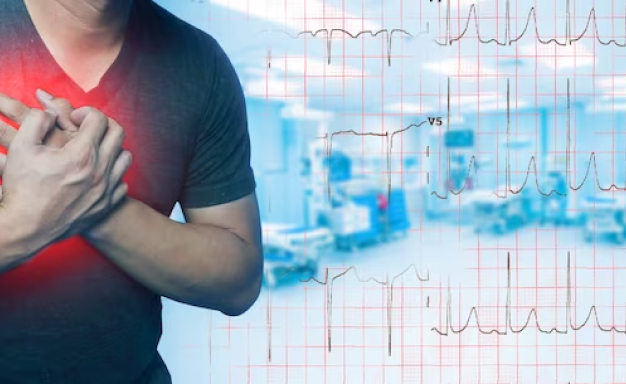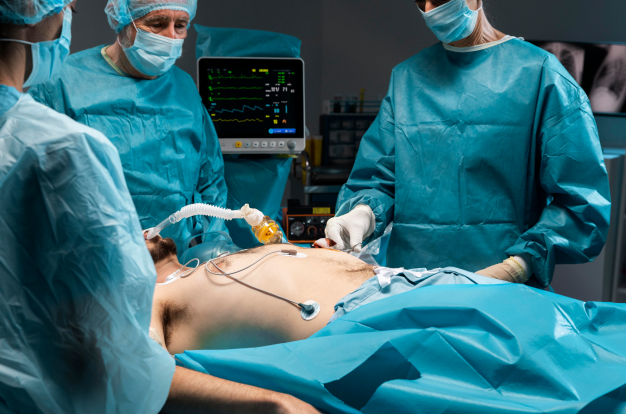
Caritas Heart Institute
Cardiovascular Exercise: A Key to a Healthy Heart
December 2023

Heart attack and cardiac arrest are two terms often used interchangeably, but they are distinct medical emergencies with different causes, symptoms, and consequences. Understanding the difference between a heart attack and cardiac arrest is crucial because it can mean the difference between life and death. In this article, we'll explore these two conditions, their causes, symptoms, and appropriate responses to each.
Heart Attack: When Blood Flow to the Heart is Blocked
A heart attack, medically known as a myocardial infarction, occurs when the blood flow to a part of the heart muscle is blocked. This blockage typically results from a blood clot or the buildup of fatty deposits within a coronary artery, which supplies the heart with oxygen and nutrients.
Symptoms of a Heart Attack
Common symptoms of a heart attack include:
Response to a Heart Attack
If you or someone you're with experiences symptoms of a heart attack, it's crucial to seek immediate medical attention. Call emergency services (911 in the United States) and, if possible, chew an aspirin, which may help in preventing further blood clot formation.
Cardiac Arrest: When the Heart Stops Beating
Cardiac arrest is a sudden and abrupt loss of heart function. In this condition, the heart stops beating, and blood flow to the brain and the rest of the body is disrupted. It is typically caused by an electrical malfunction in the heart, leading to irregular heart rhythms, such as ventricular fibrillation.
Symptoms of Cardiac Arrest
Cardiac arrest often occurs without warning and presents with the following symptoms:
Response to Cardiac Arrest
Cardiac arrest is a medical emergency requiring immediate intervention to restore normal heart rhythm. Here's what to do:
Understanding the Key Differences
The fundamental difference between a heart attack and cardiac arrest lies in the underlying issue:
- A heart attack is caused by a blockage in a coronary artery, resulting in reduced blood flow to the heart muscle.
- Cardiac arrest is the result of an electrical malfunction in the heart, causing the heart to stop beating.
Knowing the difference between a heart attack and cardiac arrest is essential for quick and appropriate responses to these life-threatening situations. In both cases, seeking immediate medical assistance is critical. Timely intervention can significantly improve the chances of survival and reduce the risk of long-term damage to the heart and other vital organs. Being informed and prepared can make all the difference when it comes to these critical cardiac emergencies.

Caritas Heart Institute
December 2023